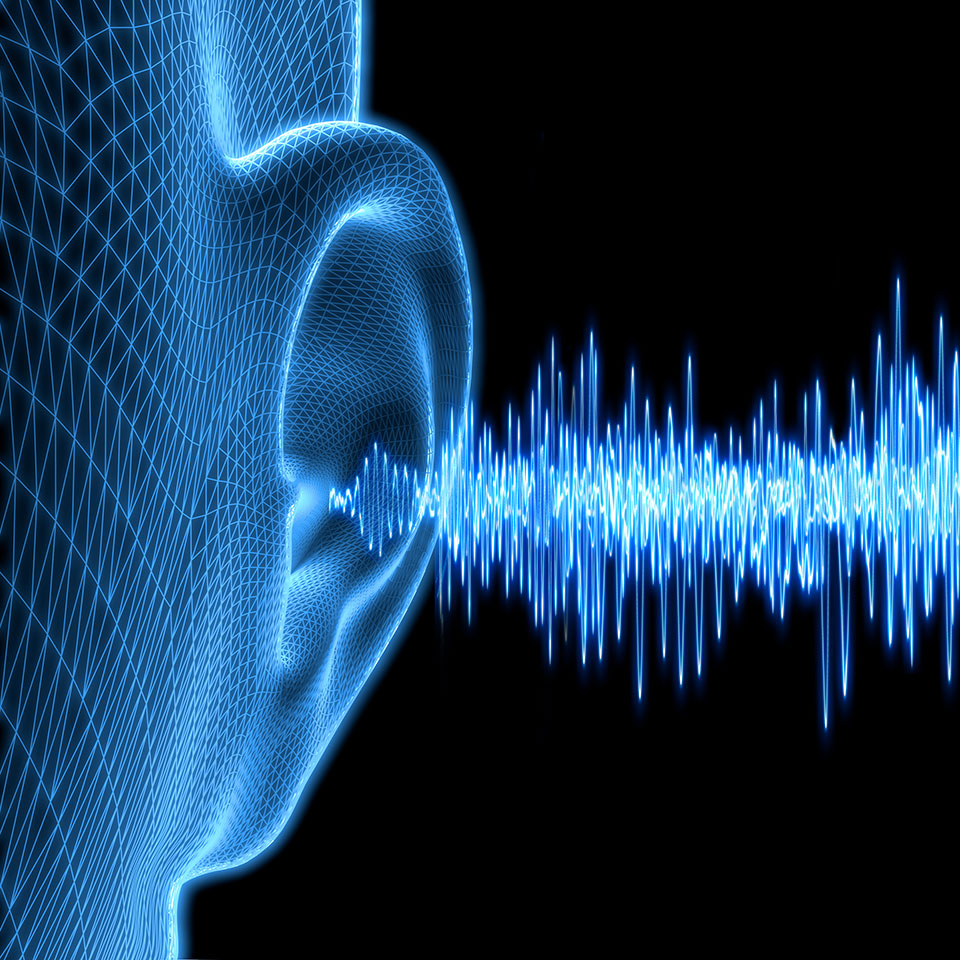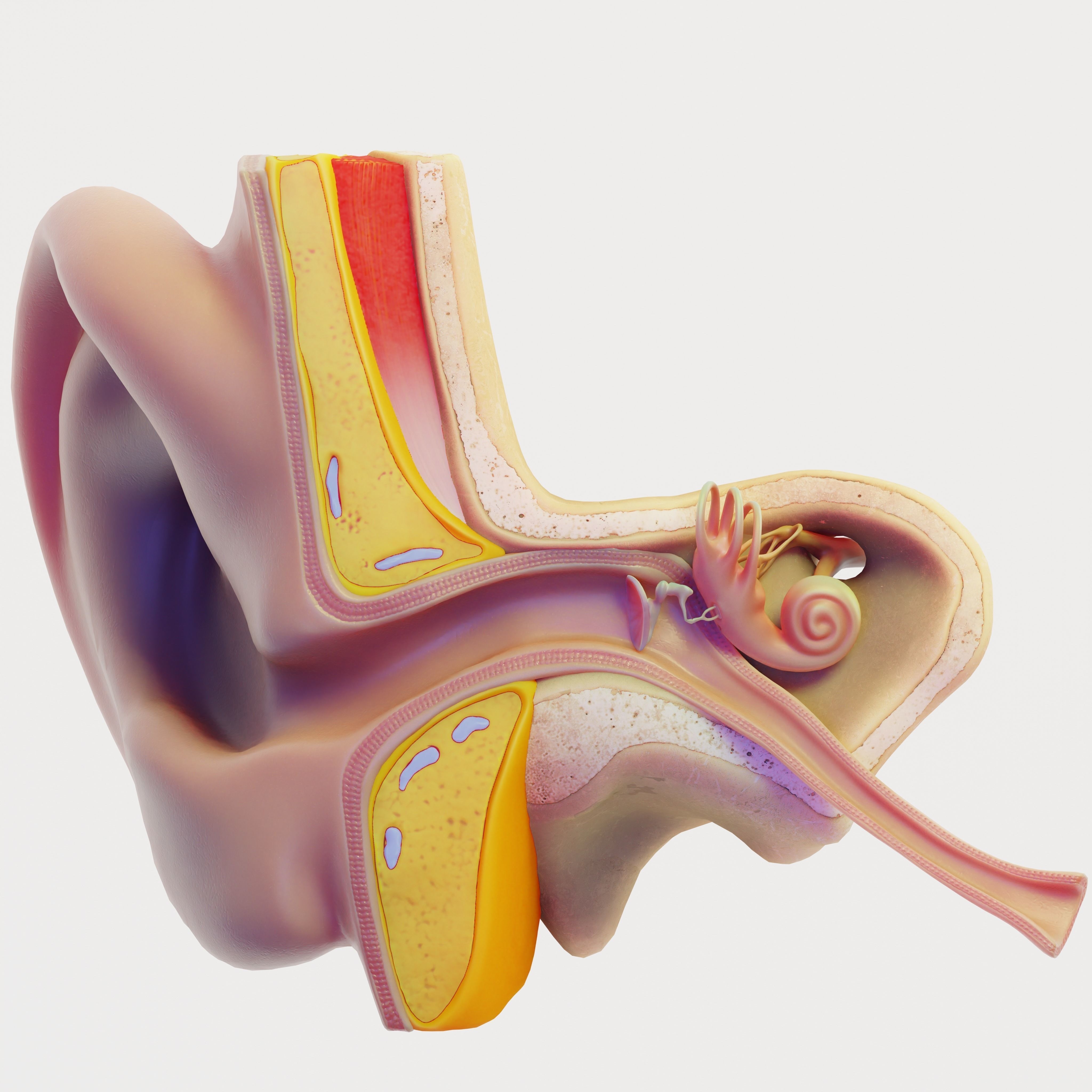Have you ever wondered why language and music sound so different? Or how dogs can hear sounds that we can't? The answer lies within the fascinating world of the human hearing range.
Our ears are capable of picking up a wide range of sounds: from the softest whisper to the loudest explosion. Understanding the different frequency ranges and their characteristics, as well as how our hearing works, can provide insight into the complex nature of sound.
In this article, we’re going to take a closer look at the science of hearing, how the human ear works, the concept of hearing range, and the role of frequency in our auditory experiences.

How Does the Human Ear Work?
The human ear is a complex and remarkable organ that’s responsible for our ability to hear sounds. It is made up of three distinct parts: the outer ear, the middle ear, and the inner ear.
Outer Ear: The outer ear is the visible part of the ear that includes the ear canal and the earlobe. Sound waves enter the ear canal and travel towards the eardrum, which separates the outer ear from the middle ear.
Middle Ear: The middle ear contains three tiny bones: the hammer, the anvil, and the stirrup. These bones work together to amplify and transmit sound waves to the inner ear.
Inner Ear: The inner ear is where the magic happens! It contains the cochlea: a snail-shaped structure filled with fluid and hair cells. When sound waves reach the cochlea, they cause the fluid to move, which then moves the hair cells. The hair cells convert this motion into electrical signals that travel to the brain via the auditory nerve.
The brain then interprets these electrical signals as sound, allowing us to hear and understand the world around us.

What's the Human Hearing Frequency Range?
The term “hearing range” refers to the range of frequencies that humans and animals can hear. It is usually measured in Hertz (Hz), which represents the number of sound waves that occur per second.
To measure the human hearing range, a device called an audiometer is used. The audiometer produces sounds at different frequencies and volumes, and the listener indicates when they can hear the sound. The results are plotted on an audiogram, which shows an individual's hearing range.
The average human hearing range is between 20 Hz and 20,000 Hz. However, hearing range can vary between individuals based on genetics, age, and exposure to loud noises. For example, as we age, our hearing range tends to decrease, particularly in the higher frequencies. Exposure to loud noises - such as attending concerts or using headphones at high volumes - can also damage the hair cells in the inner ear and result in hearing loss.
Some individuals may also have hearing ranges that fall outside of this range due to genetics or medical conditions. For example, some people may have difficulty hearing low-frequency sounds, while others may have exceptional hearing in the higher frequencies.
What Are the Different Frequency Ranges & Their Characteristics?
The human hearing range can be divided into different frequency ranges, each with its own unique characteristics and uses.
Infrasonic Range
The infrasonic range refers to frequencies below 20 Hz, which are too low for humans to hear. However, some animals (such as elephants and whales) use infrasonic communication to communicate over long distances. Infrasound can also be produced by earthquakes or volcanic eruptions, and can be used in music to create a sense of tension or unease.
Audible Range
The audible range refers to frequencies between 20 Hz and 20,000 Hz; these are within the range of normal human hearing. This range is used in music and speech, as well as for everyday communication. There are also subcategories within the audible range, including the bass, midrange, and treble ranges. These subcategories are often used in music production to balance and shape the sound of different instruments and vocals.
Ultrasonic Range
The ultrasonic range refers to frequencies above 20,000 Hz, which are too high for humans to hear. Ultrasonic frequencies have a range of uses: from medical imaging to pest control. Bats also use ultrasonic frequencies for echolocation, allowing them to navigate and hunt in complete darkness.
Why is it Important to Protect Our Hearing?
Protecting your hearing is crucial if you want to maintain good auditory health and quality of life. Repeated exposure to loud noises can cause damage to the hair cells in the inner ear. These transmit sound to the brain, and damaging them can lead to hearing loss, tinnitus (ringing in the ears), and other hearing-related problems.
Fortunately, there are simple steps that we can take to protect our hearing. One of the easiest ways to do this is to limit exposure to loud noises. This can mean turning down the volume on headphones, or avoiding loud environments (whenever possible). Using earplugs or noise-cancelling headphones can also help to reduce the risk of hearing damage.
It's important to remember that exposure to loud noises is cumulative, meaning that damage builds up over time. This is why you should take steps to protect your hearing even if you don't currently experience any hearing problems!
By knowing the different frequency ranges and their characteristics, we can better understand how sound is used in music, communication, and the natural world, and appreciate the gift of hearing all the more. If you're interested in exploring the therapeutic benefits of sound, check out our accredited online Sound Therapy Diploma Course, currently available for just £29 for a limited time (reduced from £147).
With the guidance of expert resources, you can learn how sound can be used to promote relaxation, healing, and well-being. Protecting and nurturing our hearing is a lifelong journey and, with the right tools and knowledge, we can continue to enjoy the beauty of sound throughout our lives!





